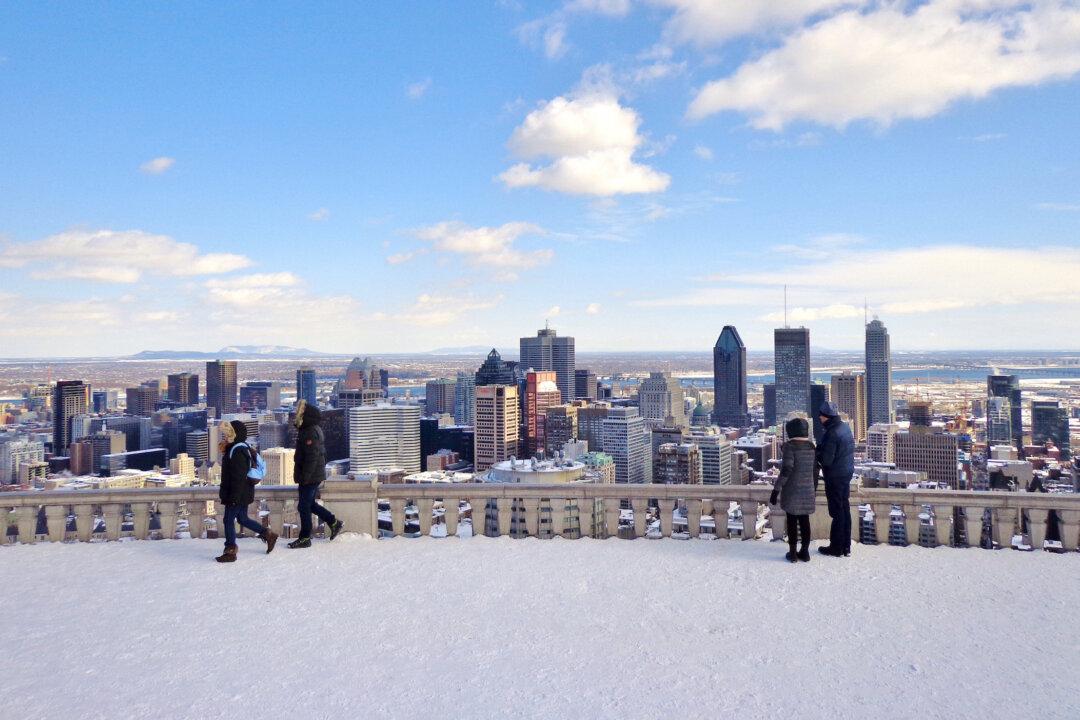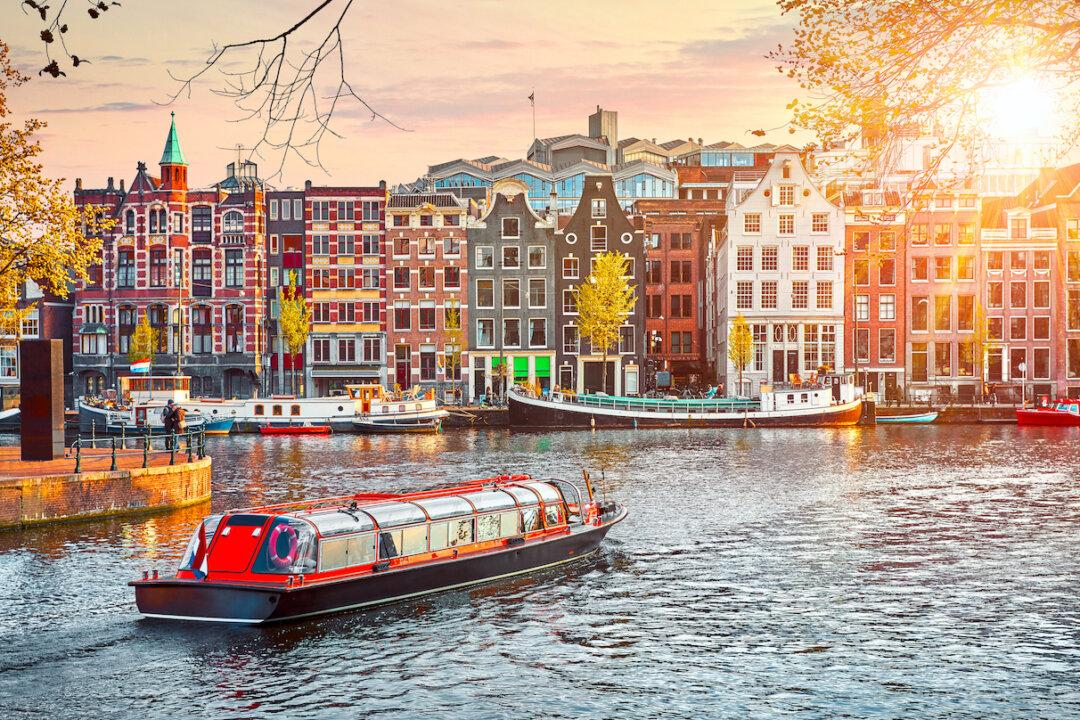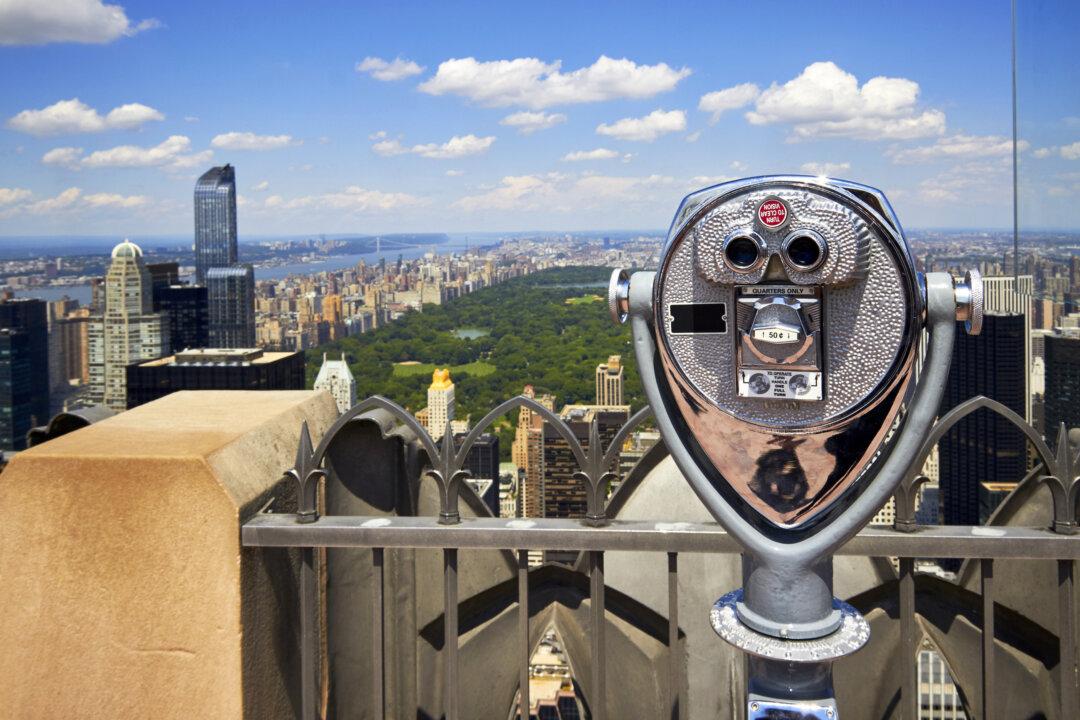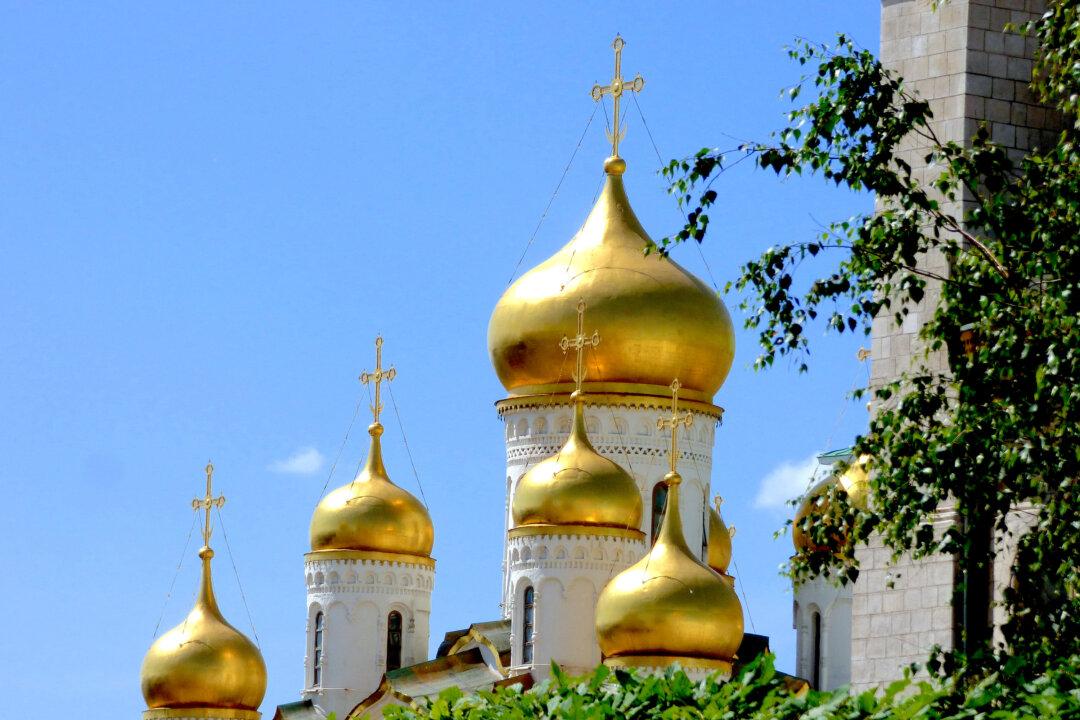We were invited to visit friends in the south of France (Sud de France), conjuring visions of trendy beach resorts, film festivals, and visiting celebrities chased by paparazzi seeking photo ops.
But there is another Sud, one overshadowed by snow-capped peaks of the towering Pyrénées, vistas of verdant fields, and perfectly symmetrical vineyards often bordered by meandering canals carrying houseboats, pleasure craft, and sightseeing vessels of varying configurations.
Intersecting the fertile countryside are small villages whose narrow winding streets are lined with ancient stone houses adorned with wooden shutters of questionable colour and age, red-tiled roofs, hanging fragrant wisteria blossoms, and cars parked every which way wherever there is an inch of pavement not already occupied.





